Table of Contents
Uses of Hydrochloric Acid Bromine Iodine Fluorine Chlorine Bleaching Powder:
Uses of Hydrochloric Acid:
- In the manufacture of chlorine and other metal chlorides.
- In the iron and steel industry.
- In dying and calico printing.
- In medicine for curing gastric digestion troubles.
- In pickling of iron and steel which are to be tinned or galvanized.
- In the preparation of aqua regia for dissolving noble metals like Au (gold), Pt (platinum), etc.
- As a catalyst in the manufacture of glucose from starch.
- In the extraction of glue from bones.
- In the manufacture of dyes.
- As a valuable reagent in the laboratory and other research institutes.
Uses of Bromine:
- In the manufacture of organic dyes.
- In the preparation of silver bromide used in photography.
- In medicine in the form of potassium bromide used as a tranquillizer and calcium bromide used as a sedative.
- In the manufacture of bromoacetone and xylyl bromide used as tear gases.
- In the preparation of ethylene bromide used as anti-knocking agent.
- As a disinfectant and germicide.
- In the preparation of ethyl bromide used as a synthetic reagent in organic chemistry.
- As an important oxidising agent in the laboratory.
- In the detection of double bonds in organic chemistry.
Uses of Iodine:
- As an essential ingredient for life in many plants and animals.
- In the manufacture of a large number of dyes.
- In the preparation of silver iodide used in photography.
- In the manufacture of a large variety of pharmaceutical chemicals like iodoform and indole used as disinfectants; iodex and tincture of iodines as medicines.
- As a germicide.
- In the treatment of goitre disease caused by the deficiency of iodine in the diet.
- In the manufacture of compounds of iodine like iodates, iodides etc.
- In the determination of the amount of unsaturation in organic compounds.
Uses of Fluorine:
- In the preparation of organic compounds (plastics) such as Teflon (-CF2-CF2-)n.
- In the manufacture of Freon (Cl2CF2) used in refrigerators and air conditioning plants.
- In the preparation of insecticides (CCl2F).
- In the production of uranium hexafluoride (UF6) used in the separation of U235 and U238 in atomic energy.
- In the preparation of chlorine tetrafluoride which was used in liquid incendiary bombs during world war II.
Uses of Bleaching Powder:
- In the manufacture of chloroform.
- In rendering wool unshrinkable.
- As an oxidising agent in many chemical industries.
- As a germicide for the sterilization of drinking water.
- As a disinfectant.
- As a bleaching agent for cotton, linen, wood pulp in the textile industry and paper factories.
- In the rapid generation of chlorine gas by treatment with dilute acid. This chlorine is known as available chlorine.
Uses of Chlorine:
- In the purification of water for destroying disease-producing bacteria.
- As an antiseptic in the form of its NaClO for destroying toxic organisms particularly in open wounds.
- As a disinfectant in the form of its compound like NaClO and CaOCl2 (bleaching powder) for destroying germs.
- In the manufacture of compounds of chlorine-like chloroform, carbon tetrachloride and sulphur monochloride.
- In the extraction of metals like gold, platinum and tin.
- In chemical warfare in the form of phosgene (COCl2), mustard gas (ClC2H4-S-C2H4Cl) and tear gas (CCl3.NO2).
- As a bleaching agent for bleaching articles like cotton, linen textiles, wood pulp.
- In the manufacture of plastics like polyvinyl chloride (P.V.C) and insecticides like D.D.T and benzene hexachloride (B.H.C).
- Constituents Of Air And Their Uses
- Air Pollution- Causes, Effects, and Control Measures
- Water Pollution- Causes, Effects, and Control Measures
- Human Lymphatic System
- Nervous System
- Chemical Coordination in Plants & Animals
- Tissues [Plant and Animal Tissues]
- Human Genome Project
- Origin and Evolution of Life
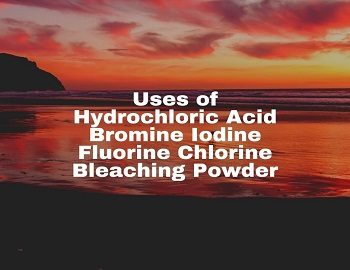
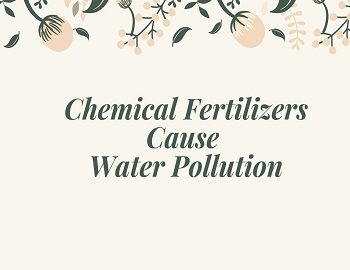
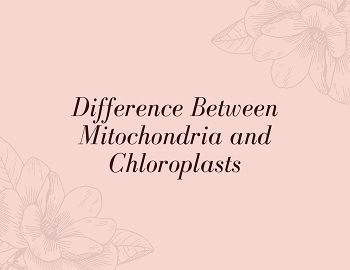
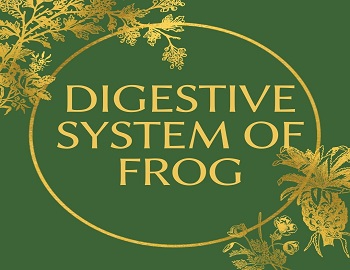
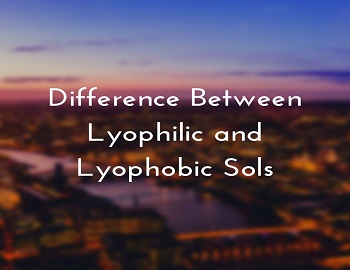
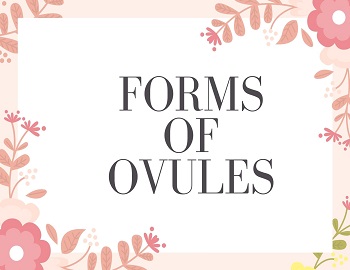
![Water Cycle In Nature [Hydrological Cycle] 7 water cycle in environment](https://gkscientist.com/wp-content/uploads/2020/09/water-cycle-in-environment.jpg)

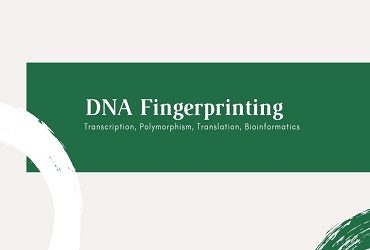
Comments (No)